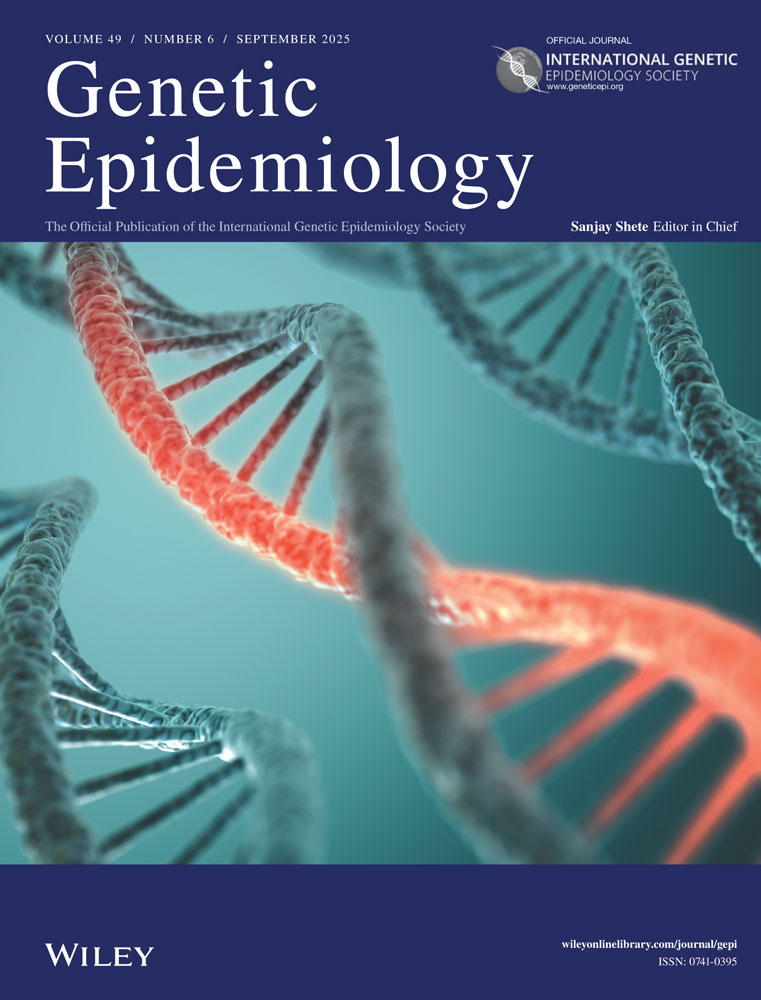Population genetic study of the human dopamine transporter gene (DAT1)
Abstract
The human dopamine transporter gene, DAT1, acts to transport released dopamine into presynaptic terminals of the brain. The possibility that the DAT1 gene plays a role in genetic diseases of the brain has led to studies of DAT1 in several psychiatric and neurological disorders. Previous sequence analysis of DAT1 revealed a 40-bp repeat in the 3′ end of the gene. In order to identify all potential alleles for this VNTR marker a population database was established. One thousand seventy-four unrelated individuals were screened by PCR for the region containing the 40 bp repeat. Allele frequency differences were found between black Americans and Caucasians or Hispanics but no differences were observed between Caucasians and Hispanics. A previously unreported allele was detected in all three populations. Thus, we have shown that screening a large population identifies new alleles and generates more accurate allele frequencies. ©1995 Wiley-Liss, Inc.




